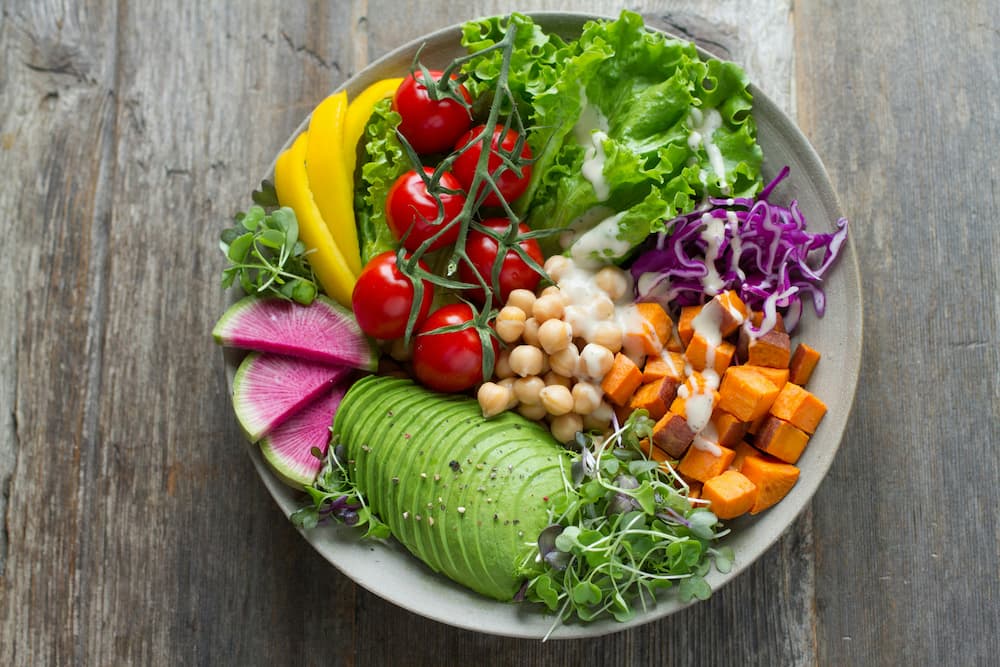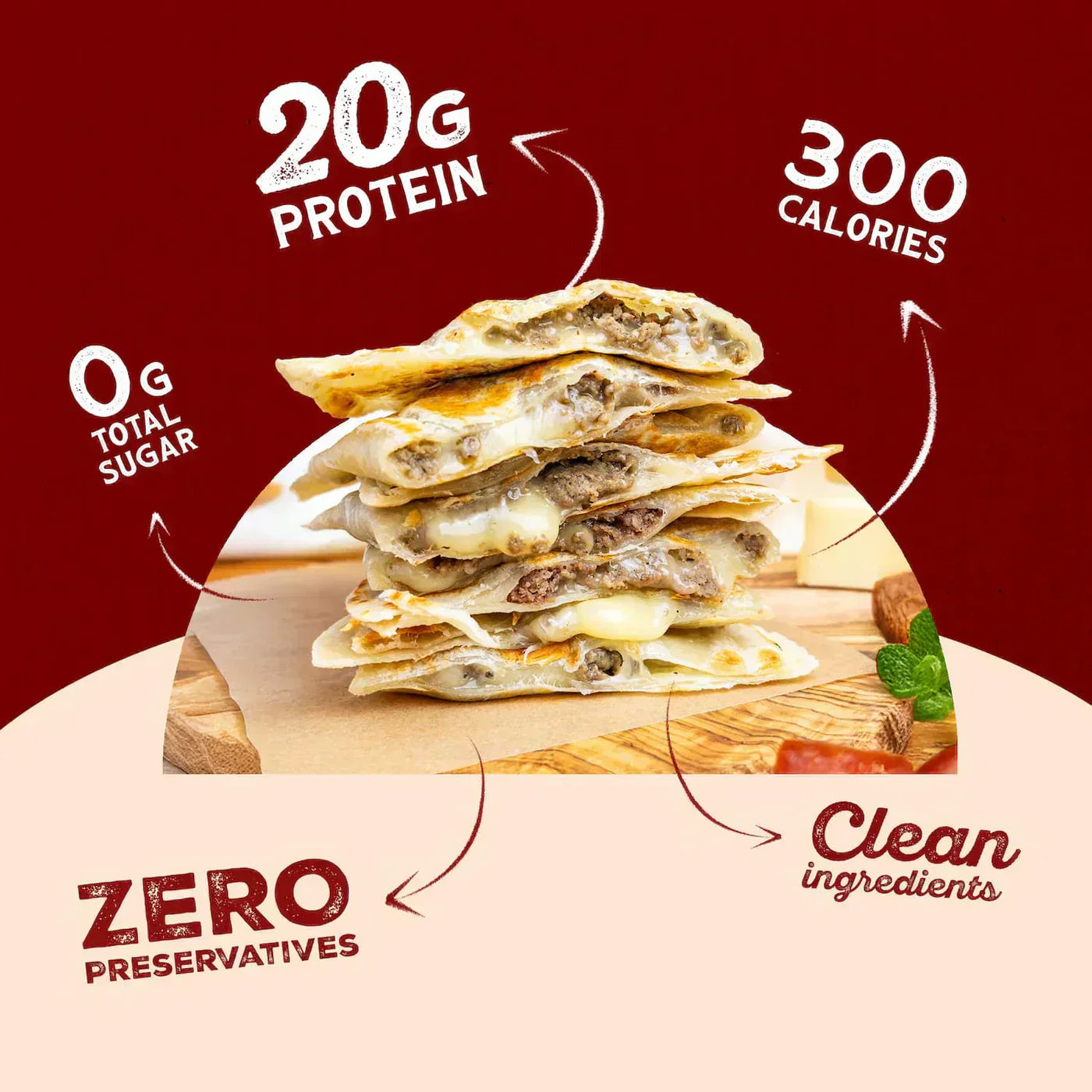Vacations are for exploring, and food is one of the best ways to experience a place. From morning markets to late-night street snacks, every bite tells a story. The trick isn’t to diet on your trip, it’s to tune your choices so you feel great and still dive into the culture on your plate.

The travel mindset: culture first, ultra-processed last
Think of travel as a chance to eat closer to the source. In many destinations, especially across Europe and the Mediterranean, meals lean on produce, legumes, seafood, olive oil, herbs, and bread baked that day. Aim for local restaurants, markets, and bakeries over packaged snacks and chain fast food. You’ll naturally get more fiber, healthy fats, and variety, plus way more flavor!
Rule of thumb: If you can picture where the ingredient grew, swam, or roamed, you’re likely making a better choice than something pulled from a vending machine.

“Is gluten different over there?”
You may have heard that people tolerate bread better abroad.
Wheat and bread-making styles can differ by country (e.g., more slow-fermented sourdough, fewer conditioners and additives in some bakeries). Slow fermentation can reduce certain FODMAPs (Fermentable Oligo-, Di-, Mono-saccharides And Polyols), which are just carb compounds that can bother some people.
But gluten is gluten. If you have celiac disease, you should still avoid it. Non-celiac folks with sensitivity might feel better with long-fermented sourdough or heritage grains. Heritage grains are old kinds of grains like einkorn, emmer, and spelt that were grown long before modern wheat and kept mostly the same over time.
So enjoy the bakery culture thoughtfully. Choose fresh, slow-fermented breads, pair them with protein and vegetables, and notice how you feel.

Smart restaurant strategies that don’t dampen the fun
- Start with produce. Order a salad, grilled vegetables, or a veg-heavy starter first. You’ll get fiber, color, and built-in portion balance before mains arrive.
- Make protein the anchor. Fish of the day, grilled meats, legumes, or eggs, let one of these hold the plate together.
- Carbs for the encore. Savor the pasta, potatoes, rice, or bread after your veg and protein for steadier energy and more enjoyment.
- Upgrade sides and sauces. Ask for olive oil and lemon or choose tomato- or herb-based sauces over ultra-creamy ones when you want something lighter.
- Share and sample. Split a rich regional specialty or dessert so you taste everything without the heavy eyelid aftermath.
- Hydrate like a local. Keep water on the table and alternate sips if you’re enjoying wine or an aperitivo.
Market meals & grab-and-go that feel like an experience
Hit a market or grocery store and assemble a picnic:
- Protein: local cheese, yogurt, roasted chicken, tinned fish, or hummus
- Plants: tomatoes, cucumbers, olives, seasonal fruit, a bag of greens
- Carbs: a small loaf of fresh bread or whole-grain crackers
- Finish with: good olive oil, a squeeze of lemon, and fresh herbs
You’ll spend less, feel better, and still eat something distinctly local.
Navigate packaged foods abroad when you need them
Airport or train snacks happen. Scan labels for short ingredient lists, recognizable oils (olive or avocado), lower added sugar, and reasonable sodium. If you’re between cities, pair a yogurt or cheese with fruit and nuts instead of a candy bar and soda. You’ll arrive ready to explore, not nap.

Breakfast that fuels the day’s adventure
Lean on protein + fiber to keep you full through museums and walking tours:
- Eggs with greens and tomatoes
- Greek-style yogurt with fruit and nuts
- Whole-grain toast with olive oil, avocado, or nut butter
- Local savory options like bean stews, veggie omelets, and soft cheeses
Save pastries for when the bakery is truly special, and enjoy every bite!
Movement is culture, too
Choose walking tours, climb those cathedral steps, rent bikes, and swim when you can. Activity helps with jet lag, mood, digestion, and appetite regulation without feeling like a workout.
A simple daily framework so you can stop stressing
- At each meal: start with vegetables, add a protein, enjoy carbs last.
- Once a day: say yes to a regional “must-try” (gelato, churros, tiramisu).
- All day: keep water on hand, enjoy coffee or wine as part of the experience.
- Most days: one market-style meal to balance the restaurant feasts.

Sample day abroad that’s balanced, not boring
- Breakfast: Omelet with herbs and tomatoes; yogurt with berries; espresso + water
- Lunch: Greens, olives, roasted peppers, tinned sardines, fresh bread, olive oil
- Afternoon treat: Split a local pastry or gelato on your stroll
- Dinner: Grilled fish or legumes; big seasonal salad; small plate of potatoes or pasta; finish with fruit
Bringing it home
Travel is the perfect time to eat better and braver. Incorporate more plants, more authentic cooking, and more slow meals with people you love. Keep the focus on fresh, local, and minimally processed foods. Be sure to pace your courses, hydrate, and let flavor, not ultra-processing, lead the way. You’ll come home energized, not in recovery mode.
Sources
- National Celiac Association—clarifying the “gluten is different in Europe” myth; celiac safety abroad.
- Peer-reviewed research on sourdough fermentation and reduced FODMAPs in wheat products (helpful for some non-celiac sensitivities).
- World Health Organization & public-health guidance on moderating salt, sugar, and ultra-processed foods while traveling; hydration and balance.
- American Heart Association—practical healthy travel tips (mindful eating, activity, hydration).
- Comparative overviews of EU vs. U.S. food standards and labeling transparency, especially around additives in bread and packaged foods.

















Leave a comment
All comments are moderated before being published.
This site is protected by hCaptcha and the hCaptcha Privacy Policy and Terms of Service apply.